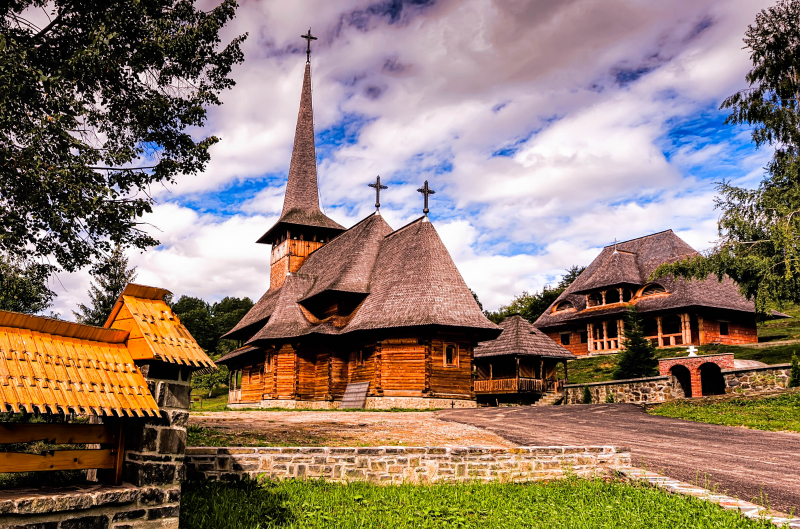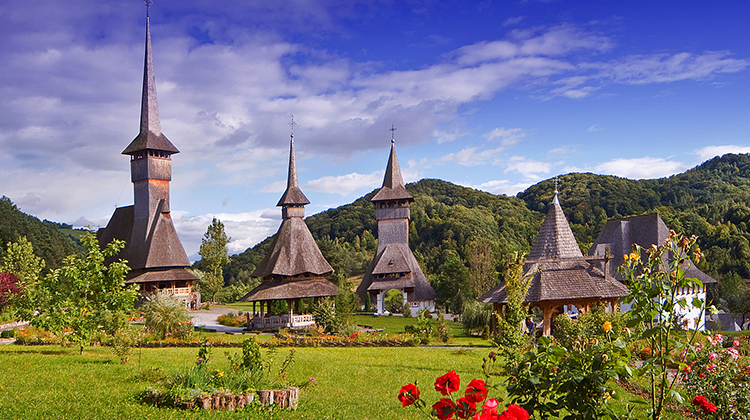Appreciate the cultural heritage of wooden churches of Maramureş

A swathe of wooden churches stretches across Eastern Europe, from northern Russia to the Adriatic, but in terms of both quality and quantity, the richest examples are in Maramureş. From 1278, the Orthodox Romanians were forbidden by their Catholic Hungarian overlords to build churches in stone and so used wood to ape Gothic developments. It was long thought that most were rebuilt after the last Tatar raid in 1717, acquiring large porches and tall towers, often with four corner pinnacles, mimicking the masonry architecture of the Transylvanian cities. However, in 1997 a tree-ring study showed that the wood used in many churches – notably those of Corneşti, Breb, and Onceşti.
A visit to Maramureş in far northern Romania, above Transylvania, is like a trip back to a simpler, more rustic, more rural past. Isolated villages, separated from one another by vast, rolling fields and forested hillsides, cluster around stark wooden churches with weather-beaten, Gothic-style steeples. The region is home to several Unesco-listed churches, including Bârsana, Budeşti, Deseşti, Ieud, and Surdeşti. Stay for the weekend to see the villagers don their traditional Sunday dress. The building of wooden churches began in the 16th century when the Catholic Austro-Hungarian authorities prohibited the construction of Orthodox stone churches in the area. Initially, there were over 300 wooden churches built in the region, but today only around 100 are left standing. This becomes one of the best things to do in Romania.












